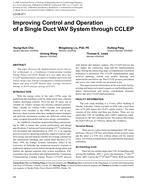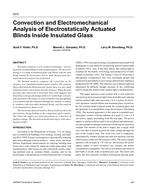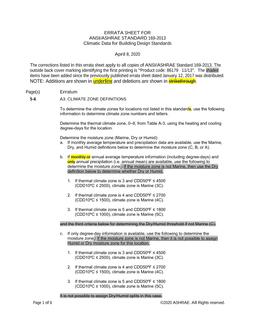Multizone airflow network programs are increasinglyused to study smoke movement during fires in buildings. Multizoneprograms often do not solve energy conservation equations,so temperatures of rooms/zones need to be specified. Thelack of energy models limits the capability of a multizoneprogram for modeling building smoke movement, especially inshafts, where temperature distribution is often unknown. Thispaper introduces a multizone program with an added energyequation, CONTAM97R, with the focus of its application tosimulations of smoke movement, especially in shafts of highrisebuildings. First, CONTAM97R was validated by experimentaldata froma 1/3-scale building stairwell under fires, andverified by an analytical model of high-rise fires. The programwas then used to model a 16-storey building with a fire locatedat the first floor. To model the building shaft by CONTAM97R,we proposed and compared two zoning methods, floor zoningstrategy (FZS) and adaptive zoning strategy (AZS), when theshaft is with and without air infiltrations. It shows that theaccuracy of FZS is inversely related to a dimensionless parameter,the temperature attenuation coefficient, ?, but can beimproved by increasing the number of zones dividing the shaftuntil the results do not depend on zone numbers. Compared toFZS, AZS obtains results of similar level of accuracy but withfewer zones for the simulations.
Citation: 2015 Annual Conference, Atlanta, GA, Transactions 2015, Vol 121 pt. 2
Product Details
- Published:
- 2015
- Number of Pages:
- 10
- Units of Measure:
- Dual
- File Size:
- 1 file , 2.9 MB
- Product Code(s):
- D-AT-15-019


